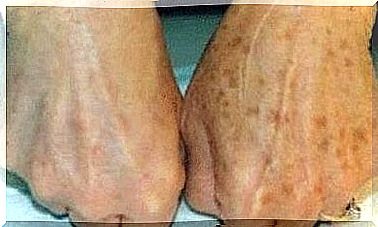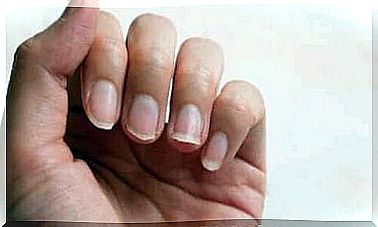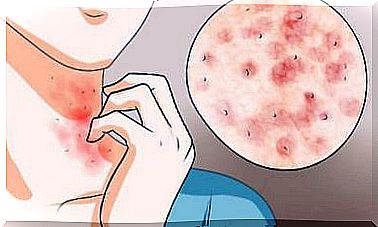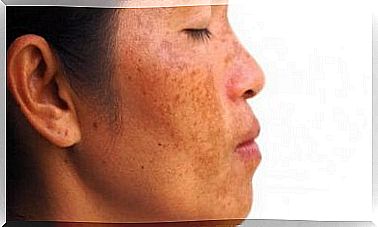Five Tips For Taking Care Of Your Baby’s Hair
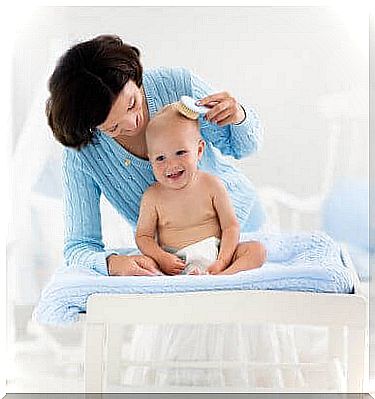
Hair care is part of your and your baby’s daily hygiene routine from the moment you hold him or her in your arms. Whether they are born with lots of hair or just a little peach-like down, the hair on the baby’s head requires care and delicate loving care. However, this should not be difficult or time consuming. In this article, we will give you five tips for taking care of your baby’s hair.
How to take care of your baby’s hair?
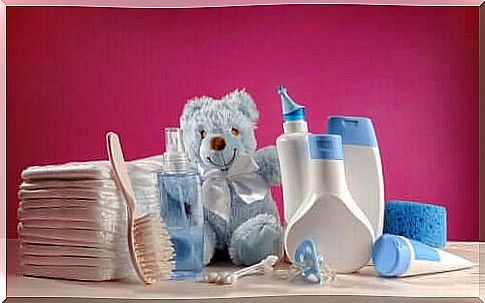
The baby’s hair is soft and delicate, just like the rest of the body. Below we give you some basic tips on how to take care of it properly.
Use mild ingredients
From the moment a baby arrives at your home, a bathing routine should include washing your hair and scalp. You can do this every two or three days.
To prevent allergies, redness or itching, do not use grocery hair products on the new soft skin, as most of them contain harmful chemicals such as detergents, parabens and synthetic fragrances that will most likely irritate the baby’s skin. (Yes, even those that are supposedly made for babies.)
Use high quality organic soaps instead . The safest types are those made from vegetable (non-mineral) oil blends and glycerin to clean without drying out delicate skin.
Avoid using antibacterial soaps at all costs.
2. Treatment of scabs in the hair of the baby

Scabies is common in newborn babies and can last until the age of three. There is a yellowish-white dandruff or crust-like small flakes on the baby’s scalp.
The condition is not painful and does not itch, but it is not easy to remove. It usually goes away on its own. Scabies is also not contagious.
Steps you can take at home include washing your baby’s scalp daily with a mild shampoo. This can help loosen and remove dandruff.
Brush the area gently with a soft brush after bathing. When the dandruff falls off, some hair can sometimes get stuck. To prevent this from happening, you can massage the scalp with almond or olive oil.
3. Brush and dry the baby’s hair completely
It is important to brush away tangles in the baby’s hair. Therefore, dry your hair thoroughly after each bath, especially if the baby is going to sleep immediately afterwards.
Then use a soft brush to loosen the hair gently. In addition , you can use some vegetable oil if you wish.
4. Do not use buckles, knits or caps in your baby’s hair
Many mothers dream of the day when they can decorate their girls with beautiful hair ornaments. If you want to decorate your baby’s hair, you must at least wait until the hair and scalp are strong and healthy.
During this period, you should avoid using elastic while your hair is wet. Furthermore, do not wear hats on the baby’s head until the hair is completely dry.
Baby hair is usually very thin, and any accessory that retains moisture can damage it. The same thing happens with elastics, which in addition tend to break the hair.
5. The first haircut

At some point, you will want to give your baby a haircut. Try to keep this to a minimum, so as not to inflict unnecessary stress on them.
With this in mind, it is wise to choose a time when the baby is relaxed, for example after a bath. Do not worry if the baby loses some hair, as this is completely normal.
Do not continue if you feel uncomfortable with this. Scissors and restless children are not a good combination. You should not think that shaving off your baby’s hair will make your hair grow thicker; this is a myth.
Conclusion
Take time to wash, dry and brush your baby’s hair, and make it fun and enjoyable for your baby. Never force children of any age into a situation that causes discomfort and pain.
With patience, love and the tips above, your baby’s hair will be healthy and strong.

